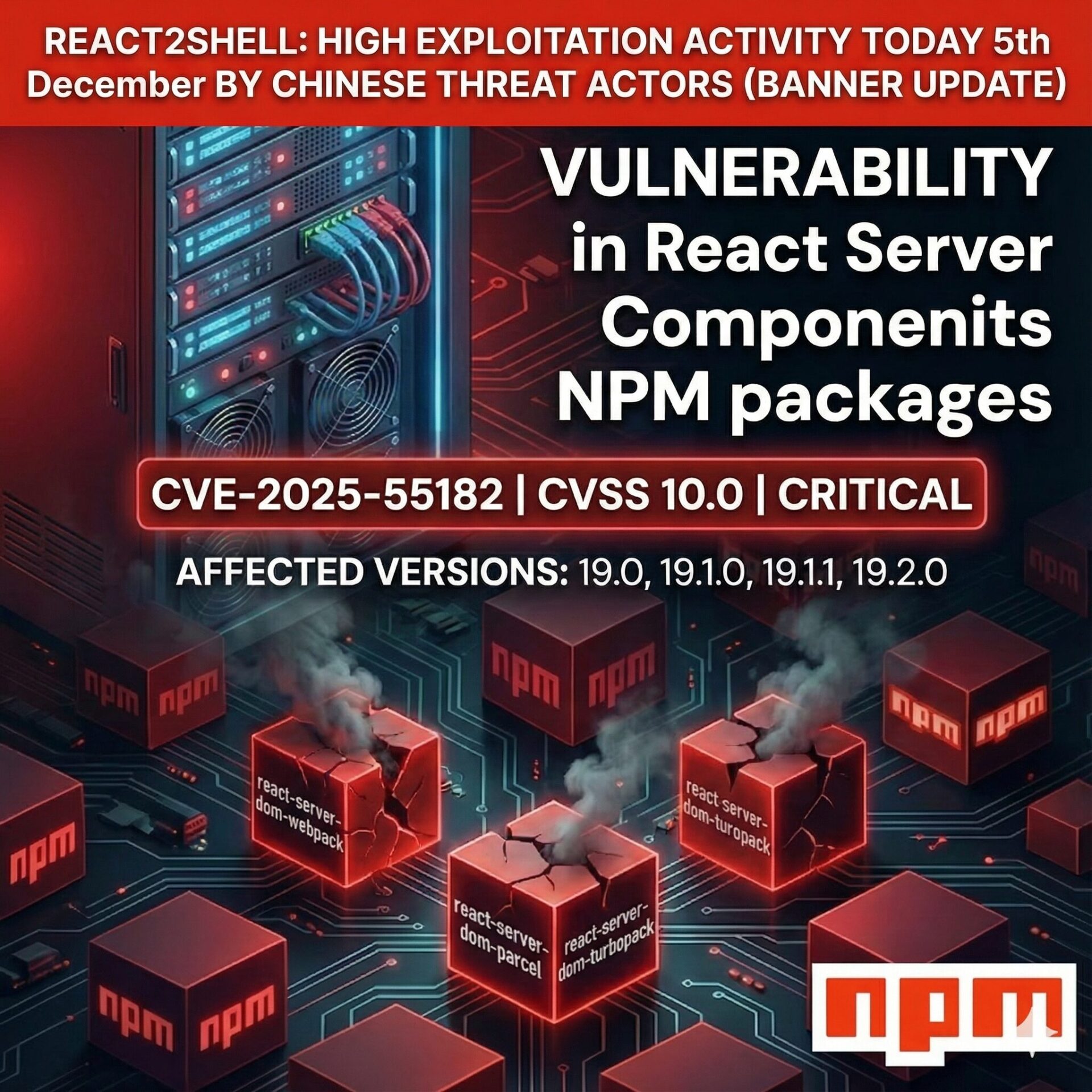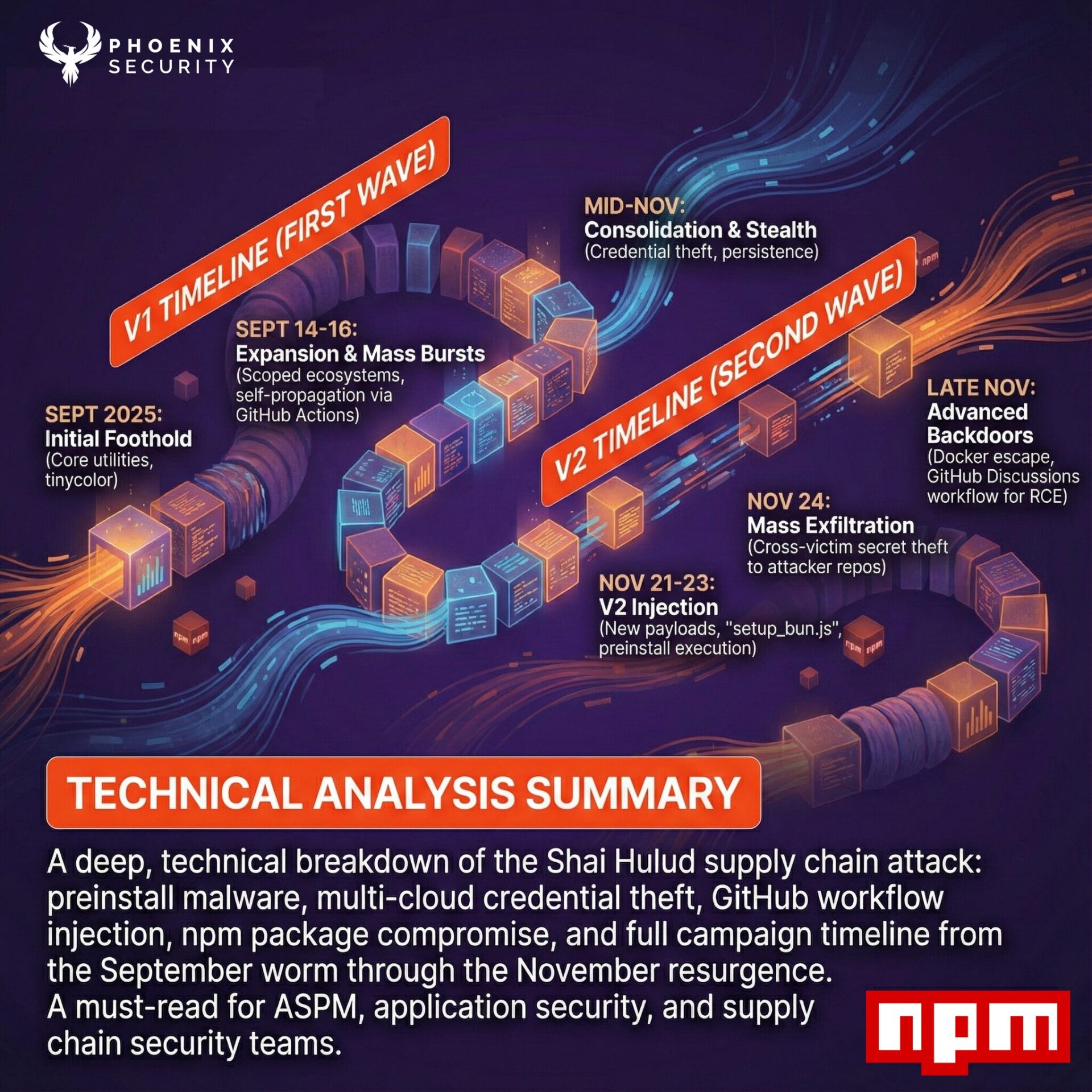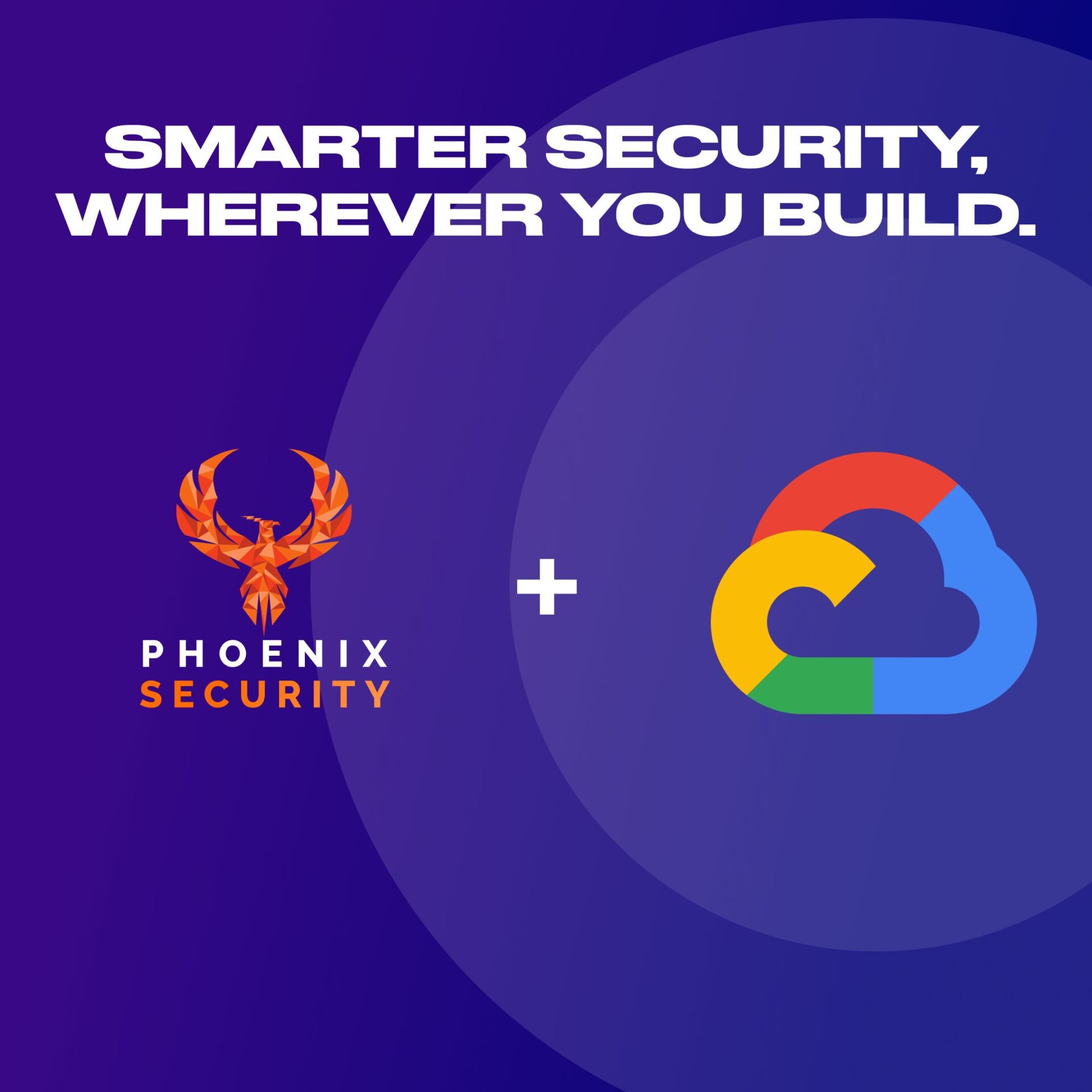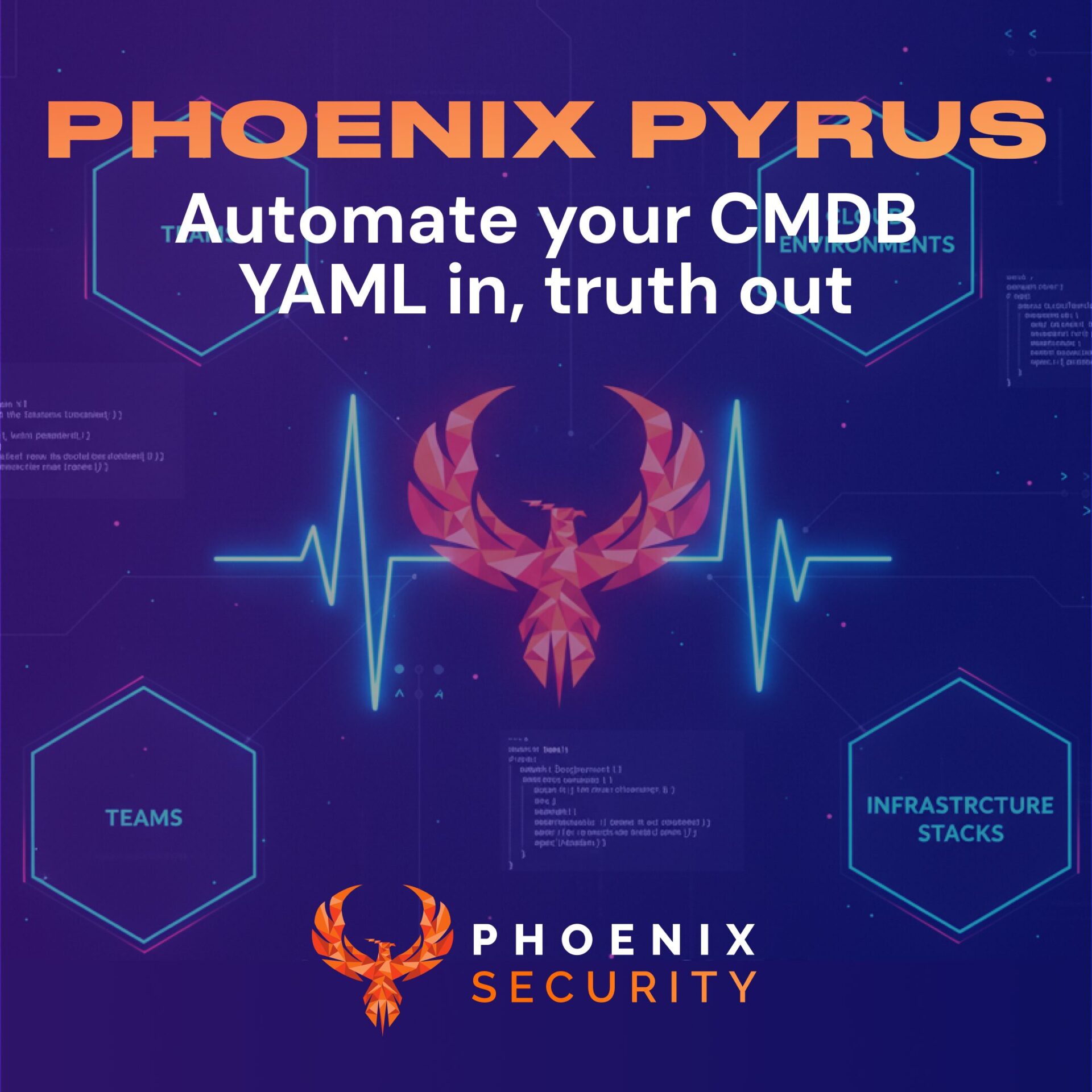
Phoenix Security ASPM is excited to announce the latest integration with Arnica. This extension of our already robust Application Security Posture Management (ASPM) platform provides enhanced scanning capabilities, including SCA (Software Composition Analysis), credential scanning, secrets, and SAST (Static Application Security Testing). This major partnership with an AST strengthens Phoenix Security’s position as a leader in the application security posture management and cloud security space with the recent integration of sysdig and GCP partnership.
Version: 3.30.0
Release Date: 28 October 2024
Overview
The integration of Phoenix Security ASPM with Arnica AST is a significant milestone. It combines the power of contextual ASPM with an all-encompassing security solution that includes SCA, SAST, secrets, and credential scanning. These enhanced capabilities provide full coverage across the software development lifecycle, from code to cloud, allowing for more streamlined vulnerability management.
With the integration of Code and Cloud Phoenix Security, clients can now monitor vulnerabilities and misconfigurations in real-time across GCP, AWS, and Azure, offering comprehensive security visibility and control over their cloud infrastructure. This addition places Phoenix Security at the forefront of ASPM solutions, enabling businesses to prioritise, contextualise, and remediate vulnerabilities within their cloud environment. The integration underscores our commitment to delivering the best ASPM solutions.
Why This Feature?
By integrating Arnica’s scanning capabilities, Phoenix Security ASPM continues to deliver industry-leading Application Security Posture Management (ASPM). Businesses can now benefit from enhanced SCA, SAST, secrets, and credentials scanning unified within the ASPM platform, which helps teams identify and address vulnerabilities more efficiently.
Arnica marks the 290th integration into Phoenix Security.
Key Benefits:
- Unified Platform: Phoenix Security ASPM consolidates scanning, detection, and contextualization for vulnerabilities in code, credentials, and third-party dependencies across GCP, AWS, and Azure.
- Risk-based Prioritisation: Automatically prioritize vulnerabilities based on severity and context, ensuring teams address the most critical issues first.
- Enhanced Visibility: A single view across cloud environments, providing actionable insights into code-to-cloud security.
Key Features
1. SCA (Software Composition Analysis):
- Identify vulnerable third-party libraries and dependencies within your applications.
- We have automated detection and prioritisation of vulnerabilities in open-source components from code to container with the new contextual deduplication across GCP, AWS, and Azure.
2. Credential Scanning:
- Detect exposed credentials in source code, repositories, and cloud infrastructure.
- Ensure sensitive information is not left unprotected and vulnerable to attacks.
3. SAST (Static Application Security Testing):
- Comprehensive analysis of application source code to uncover security vulnerabilities.
- Unifies code scanning across the entire cloud ecosystem and provides a real-time security risk assessment.
5. Contextual Deduplication:
- Automatically identify and prioritise duplicates from GCP, AWS, Azure, and other platforms, reducing noise and improving vulnerability management efficiency.
6. Extended Cloud Security:
- Phoenix Security integrates with over 290 tools, including GCP, AWS, and Azure, providing deep contextual aggregation of security data from code to cloud.
Why Choose Phoenix Security?
Phoenix Security is the leading Application Security Posture Management (ASPM) platform, enabling businesses to secure their cloud environments through a unified, contextual approach. With our latest integration with Arnica and extended cloud support through Cloud and containers, businesses can benefit from:
- A holistic view of their entire cloud security posture.
- Prioritised vulnerability management based on risk and impact.
- Simplified and efficient workflows for security and development teams.
- One backlog for developer and security teams
- Exception management and automated
Additional Resources
Visit our Knowledge Base (Coming Soon) for more detailed information on leveraging our new integration with Arnica and GCP Security Center.
Support
Need assistance? Contact our support team at support@phoenix.security.
Support
Need help? Contact our support team at support@phoenix.security.

















